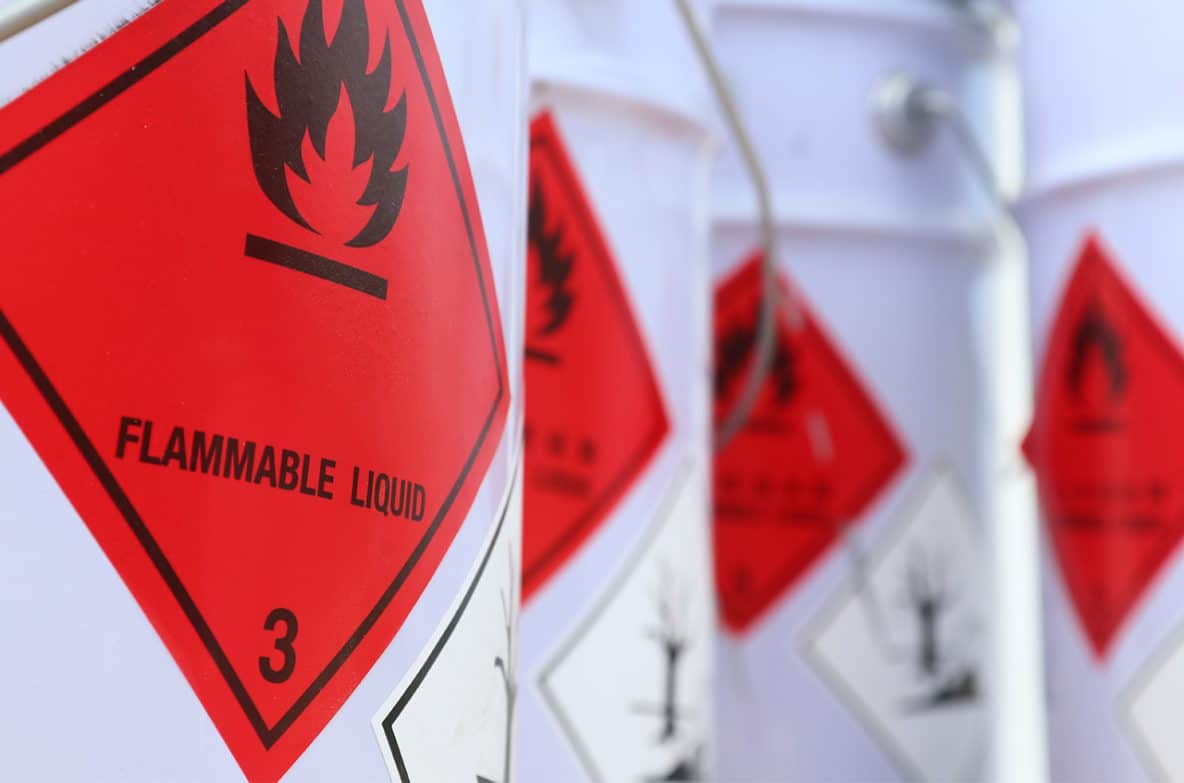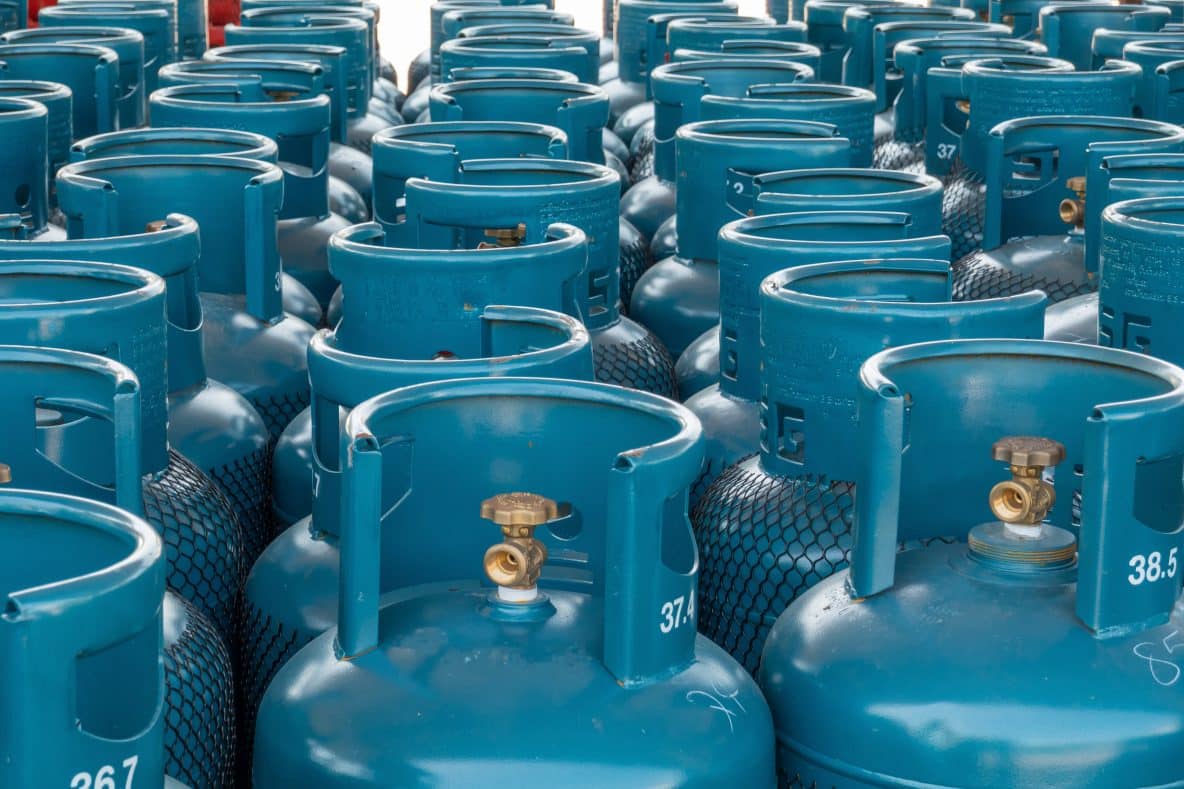A recent research report, published by the HSE, has compared vibration and noise levels of various battery-based tools with more traditionally powered equivalents. It has often been claimed that battery powered tools produce lower vibration and noise levels than their non-battery counterparts. However, there has been little research to confirm or dispute these claims. With battery-based tools becoming an increasingly … Read More
PIB Group acquires Emprocom Ltd
PIB Group Ltd (‘PIB’) has acquired health and safety specialists Emprocom Ltd (‘Emprocom’), who bring complementary services and expertise to the Group’s risk management proposition. Based in Lincolnshire and servicing clients across further afield across the East Midlands, Emprocom will form part of the PIB Risk Management division. The two businesses enjoy an existing relationship, which has led to the … Read More
Changes to Dangerous Goods Safety Advisor Regulations
The carriage of some goods can involve particular hazards e.g. due to their chemical properties, explosive nature, flammability or danger to the environment. The carriage of such goods is governed by specific legislation such as the Carriage of Dangerous Goods and Use of Transportable Pressure Equipment Regulations which require carriage to be carried out in accordance with the rules set … Read More
Updated Guidance for Brick and Tile Manufacturing, Stonework and Foundries
Silica is a natural substance found in most stone, rocks, sand, quartz and clay. This can be released as dust during a number of manufacturing tasks. Breathing silica dust or respirable crystalline silica (RCS) can lead to a number of lung diseases including silicosis, chronic obstructive pulmonary disease (COPD) and lung cancer. Both silicosis and COPD cause breathing problems and when someone … Read More
Incorrectly Installed Fire Dampers
Fire dampers are a means of fire protection used in heating, ventilation and air conditioning systems which act to prevent the spread of fire through ducting. Where temperatures rise the fire damper closes to limit the spread of fire. Typically these are operated by having a component which melts when a certain temperature is reached, allowing the damper to close. … Read More
Bank Holiday Announced for Her Majesty Queen Elizabeth II’s State Funeral
Monday 19 September, the date of Her Majesty Queen Elizabeth II’s State Funeral, and last day of the period of national mourning, will be a national bank holiday. This national bank holiday will allow individuals, businesses, and organisations to pay their respect to Her Majesty and commemorate Her reign. This bank holiday will operate like other bank holidays, such as … Read More
Telescopic Ladder Failures
Recent research by The Ladder Association has found that up to 80% of telescopic ladders sold failed to meet the minimum safety requirements set out in BS EN 131-6 Ladders – Telescopic Ladders. This is especially concerning considering their rise in popularity alongside the fact that many of the largest and most trusted sellers were involved in selling these ladders. … Read More
Extending Responsibility for Packaging Waste
Currently, organisations that handle 50 or more tonnes of packaging or packaging materials in a calendar year (i.e. January to December) and have an annual turnover of more than £2 million must register as a packaging producer, meet recycling obligations and provide evidence of compliance. The government recently announced that with effect from 1st January 2023 these requirements will be … Read More
SAFE STORAGE OF GAS CYLINDERS
Whether used in the home (e.g. medical oxygen) or in a workplace (e.g. welding gasses) where gas cylinders are in use it is often important that spares are readily available and it will often be the case that a number of cylinders will be present in any premises where they are used. There are a number of hazards associated with … Read More
NEW FIRE SAFETY GUIDANCE
The Fire Industry Association (FIA) have recently published a number of new guidance documents. The first of these is a Guide on equipment for use in explosive atmospheres (ATEX). This gives background information on the use of electrical equipment in areas where there is a risk of explosion and also gives information on the concepts available for protecting equipment used … Read More









